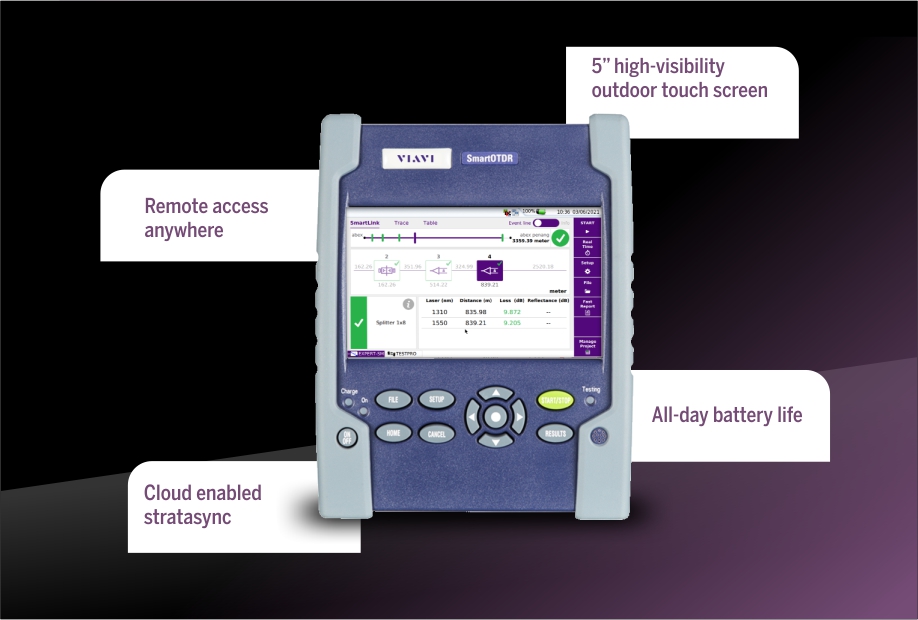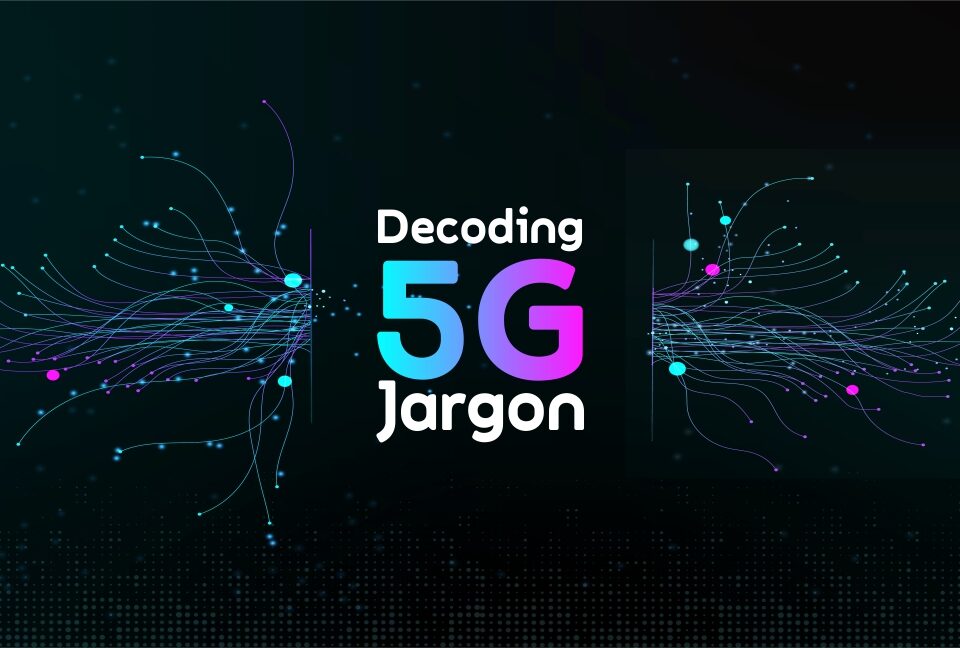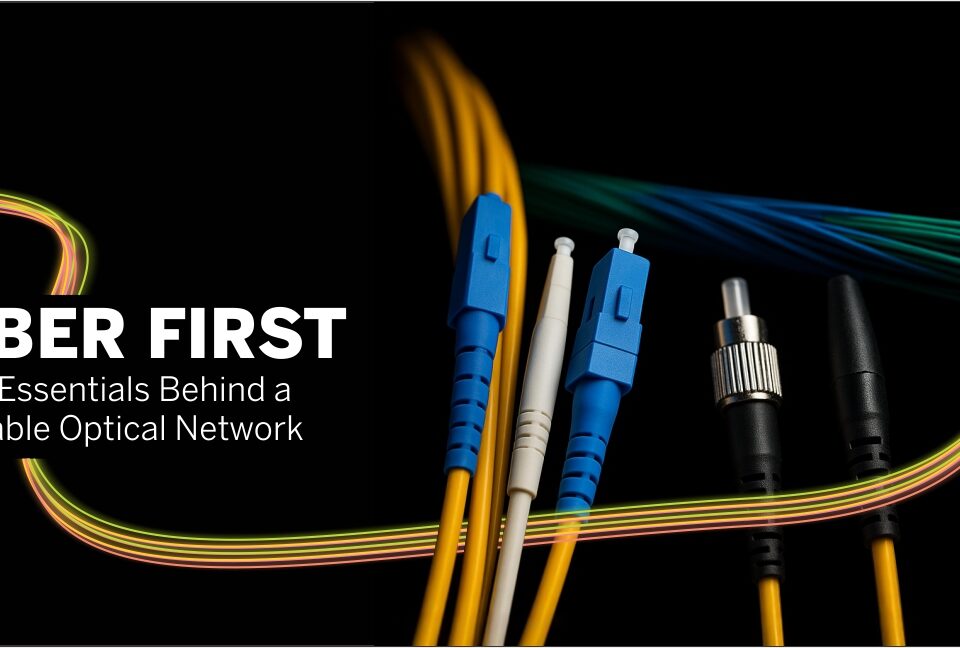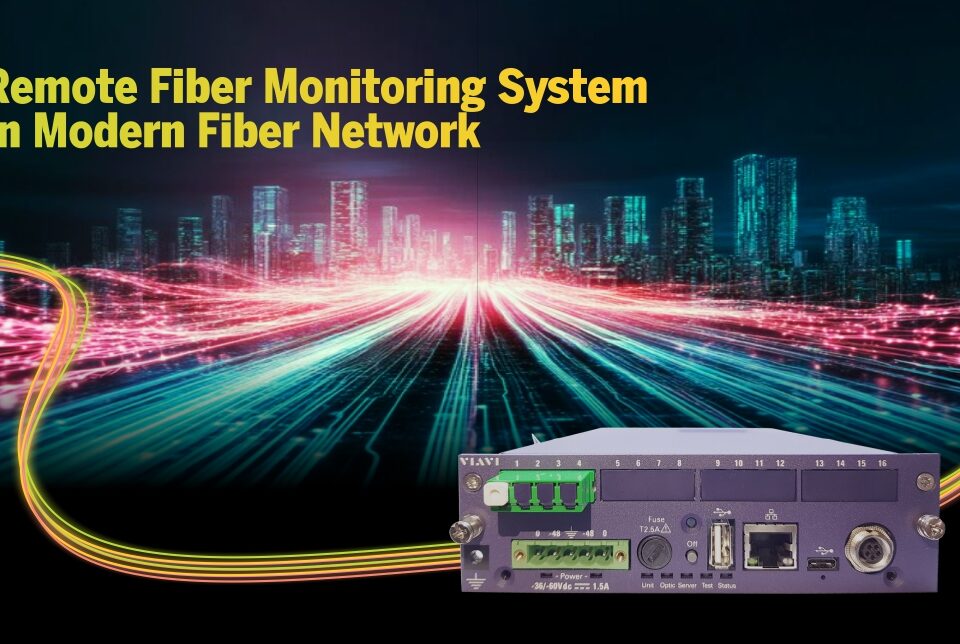Guiding Your Path to Fiber Excellence- An in-depth analysis of OTDRs!

Savitri Telecom opens New Calibration Test Center in Delhi
August 29, 2024
Calibration Uncovered: What It Is and Why It Matters for Your Test Equipment?
February 11, 2025Guiding Your Path to Fiber Excellence- An in-depth analysis of OTDRs!
Savitri Telecom Services, for more than two decades, is continuously devoted to strengthen the Communication Network in Optical domain across the country and outside, by supplying different range of Optical Equipment for Test & Measurement for checking the performance parameters.
Savitri Telecom has supplied thousands of OTDRs to some of the biggest names in the market. The requirement for quick and accurate fault diagnostics and fixing /taking remedial measures of your vital network is very essential.
Along with many of your specific Testing Solutions needs, Savitri Telecom Services supplies a range of Optical Time Domain Reflectometers (OTDRs). The Users must know different features and ranges of the OTDRs to procure a right item to suit their network requirement best.
An OTDR is a vital tool for testing fiber optic networks. It sends optical pulses through the fiber & measures the light that is scattered or reflected back. This process helps detect faults, measure losses, and assess the overall performance of the fiber.
Key Functions of OTDRs
An OTDR, Identifies the exact location of breaks, bends, or faults in the fiber for quick repairs. It measures signal losses (attenuation) across the fiber and highlights areas with excessive losses. It also detects and analyzes reflections caused by connectors, splices, or faults and generates a visual trace of the fiber network, showing distances, splices, connectors, and other key details that could be useful for the user.
How OTDRs Work
The OTDR sends a high-intensity light pulse into the fiber. Then some of the light scatters back (Rayleigh scattering), and reflections are caused at connectors, faults, or other interfaces. The OTDR analyzes the returned signals to determine the distance, signal loss, and reflection points, displaying the results as a trace on the screen.
Key Specifications
Dynamic Range: Indicates the maximum distance the OTDR can measure, crucial for long-distance networks.
Wavelengths: Common wavelengths include 850 nm, 1300 nm, 1310 nm, 1550 nm, and 1625 nm, chosen based on fiber types and applications.
Event Dead Zone: The minimum distance between two reflective events that the OTDR can distinguish.
Attenuation Dead Zone: The minimum distance required to accurately measure the loss of an event.
Applications of OTDRs
Used during network rollouts to verify and document the quality of fiber installations and helps locate & diagnose faults, ensuring network reliability. Used in labs to test new fiber types and components.
Advantages
Non-invasive testing of fiber without dismantling. Accurate fault localization & performance diagnostics. Creates a permanent record of fiber health (baseline trace).
Latest Trends in OTDR Technology
Portable and lightweight OTDRs are now widely available for field applications. Advanced OTDRs comes with other functionalities like power meters, visual fault locators, ethernet testing and spectrum analysis.
Advanced algorithms for event detection and trace analysis. OTDRs can be integrated into remote network management systems, allowing centralized monitoring of the optical network right from the rollout phase.
OTDRs are essential for maintaining the quality and reliability of fiber optic networks. It provide precise diagnostics and detailed insights of fiber conditions, helping operators keep networks running smoothly and minimize downtime. As fiber optic infrastructure expands worldwide, OTDRs play an increasingly important role in ensuring seamless connectivity.





